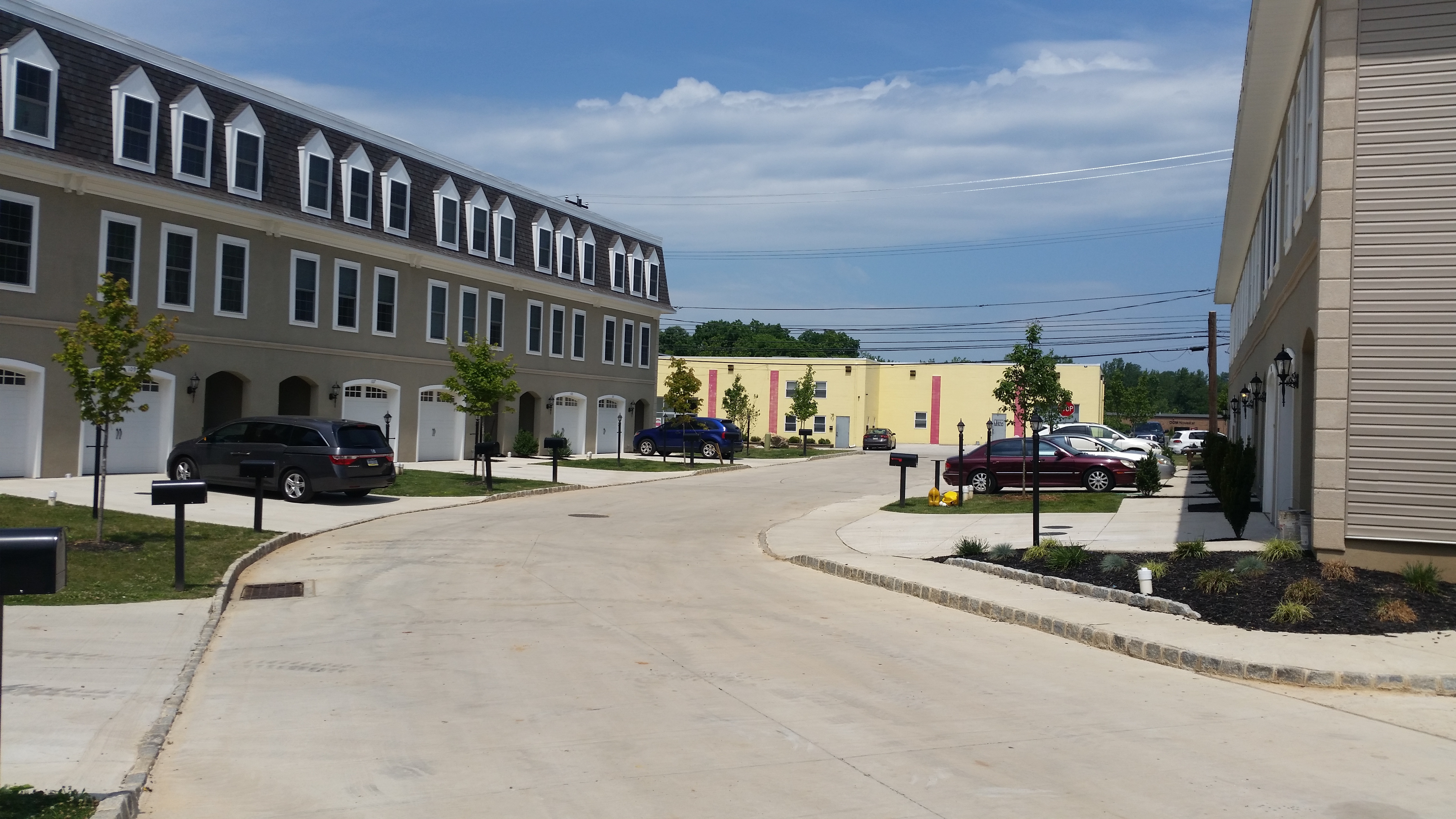Posted on December 23, 2021
Concrete remains the go-to material for many construction and infrastructure projects. Designers look to concrete’s resilience as extreme weather events proliferate.
This capacity to withstand nature’s assaults is on display from surge barriers in Louisiana to ICF homes along the Gulf Coast. Consider the stark image of a lone home remaining after Hurricane Michael’s assault in 2019. The beachfront home in Mexico Beach, FL, featured insulated concrete form (ICF) construction.
Demand for concrete construction remains high. It will be like building another New York City every year for the next 20 years. Demand remains even as the industry seeks to reduce its emissions.
Aggressive emissions goals proliferate at both the state and federal level. On Earth Day, 2021, President Biden announced a goal of reducing carbon emissions by 50% by 2030. Specifically, the new target is a “50-52 percent reduction from 2005 levels in economy-wide net greenhouse gas pollution in 2030.” That's less than a decade from now. Furthermore, the United States pledges carbon neutrality by 2050.
Success will demand significant advances in the production of low-carbon concrete. At the same time, there are impediments to the quest for carbon neutrality. Michael Ireland, Portland Cement Association CEO, speaks of “outdated regulations and institutional inertia.” These obstacles inhibit the ability of producers to cut process emissions. It is important to take a closer look at regulations that make carbon neutrality more difficult to achieve.

Concrete Steps to Promote Sustainability
Here are some steps that would promote sustainability in the concrete industry.
Review outdated regulations and terminology
The EPA could amend rules to allow for the expanded use of nonhazardous secondary materials (NHSMs). Or, exempt certain materials from the rule. Existing regulations discourage the use of tire-derived fuels, for example. Such changes would reduce pressure on landfills. This would, in turn, reduce methane release due to decomposition.
Ireland recommends updating terms in the Resource Conservation and Recovery Act. This would allow greater use of materials defined as “recovered material” or “recovered resource” as fuel.
Regulatory and bureaucratic hurdles also inhibit implementation of certain CCUS technologies. Complex permitting can delay projects for years. It is helpful to purge the permitting process of redundant or excessive requirements.
Embrace policies promoting alternative fuels
Cement manufacturers in the European Union (EU) make far greater use of alternative fuels. EU use stands at 36%, with German manufacturers at 60%. United States cement plants began using alternative fuels in the 1970s. Still, current usage (14%) lags far behind Europe's.
Specify PLC for infrastructure projects
It is vital for the government to promote the use of Portland-limestone cement (PLC). This is a concrete mix that reduces emissions 10%, and at a competitive cost. State DoTs account for a large part of U.S. cement use. More than 30 already approve PLC use. They should also promote it for use in the many major infrastructure projects to come. This single step could reduce annual emissions by millions of metric tons by the end of the decade.
Trillions of dollars of infrastructure and paving improvements will occur over the next two decades. Throughout this period, concrete will deliver needed resilience in response to extreme weather and natural disasters. It is imperative that industry participants have the freedom to pursue promising avenues for low-carbon concrete.
Expand fly ash storage options
It is important to encourage the use of fly ash. Long-term, supplies will diminish as coal use declines. In the interim, the use of fly ash in concrete delivers numerous benefits. Among them are increased strength and decreased permeability. The use of fly ash also reduces the amount of Portland cement in the mix. This reduces carbon emissions. Fly ash also enhances workability, increases heat of hydration and decreases water demand.
The concrete industry already diverts large amounts of fly ash from impoundments and landfills. Current federal regulations limit storage of fly ash at manufacturing sites. This should change to better promote cost-effective use of this SCM.
Better incentivize CCUS
The government should incentivize the use of alternative fuels and CCUS strategies. The 45Q tax credit is a good example.
Finally, a strong public-private partnership is vital to long-term success. For example, Ireland envisions a national system for the transport, utilization and sequestration of CO2. Now more than ever, it is vital that industry, technology and government leaders more closely coordinate. A joint quest for a carbon-neutral future is in everyone's interest.
Blend short-term solutions with long-term CCUS strategies
Portland cement production is the focus of many emissions initiatives. According to the Natural Resources Defense Council (NDRC), “Portland cement makes up just 10-15% of the material's mass but accounts for 80-90% of its emissions.”
Carbon dioxide is an inevitable byproduct of clinker production. In response, the industry needs comprehensive carbon capture, utilization and storage (CCUS) strategies. Key to achieving the stated 2030 and 2050 goals is the refining of current CCUS technologies. But that is not enough. The industry needs to identify ways to scale existing technologies. At the same time, newer technologies will emerge from intensive, well-funded research.
The NDRC offers a vision of the future where the industry goes beyond carbon neutrality to become carbon-negative. Imagine concrete’s resilience combined with its potential role as a carbon sink.
About PACA
The Pennsylvania Aggregates and Concrete Association (PACA) reports on the latest developments and innovations in the concrete industry. The team at PACA welcomes your inquiries. Please contact us at your convenience.
